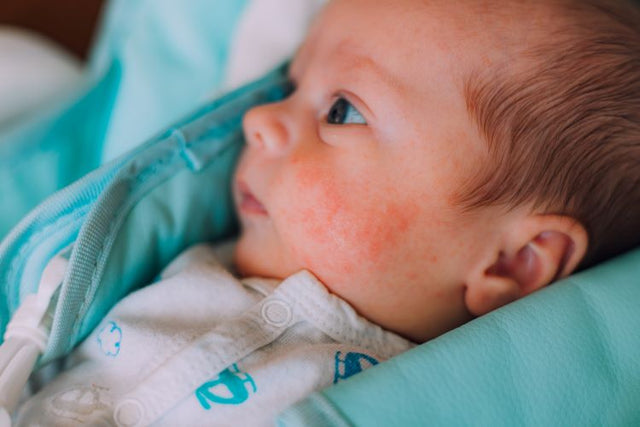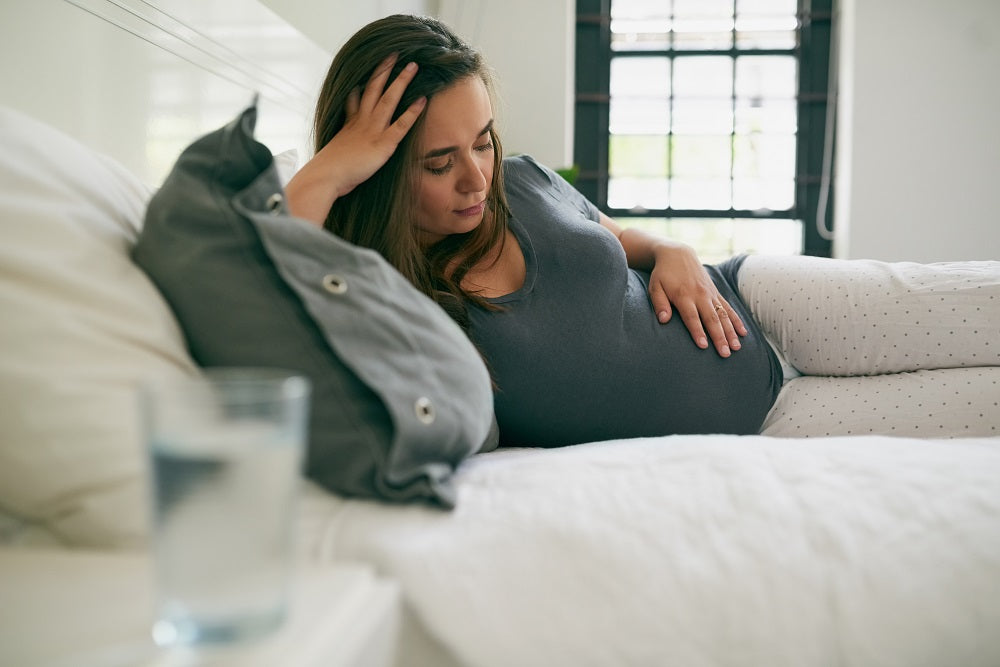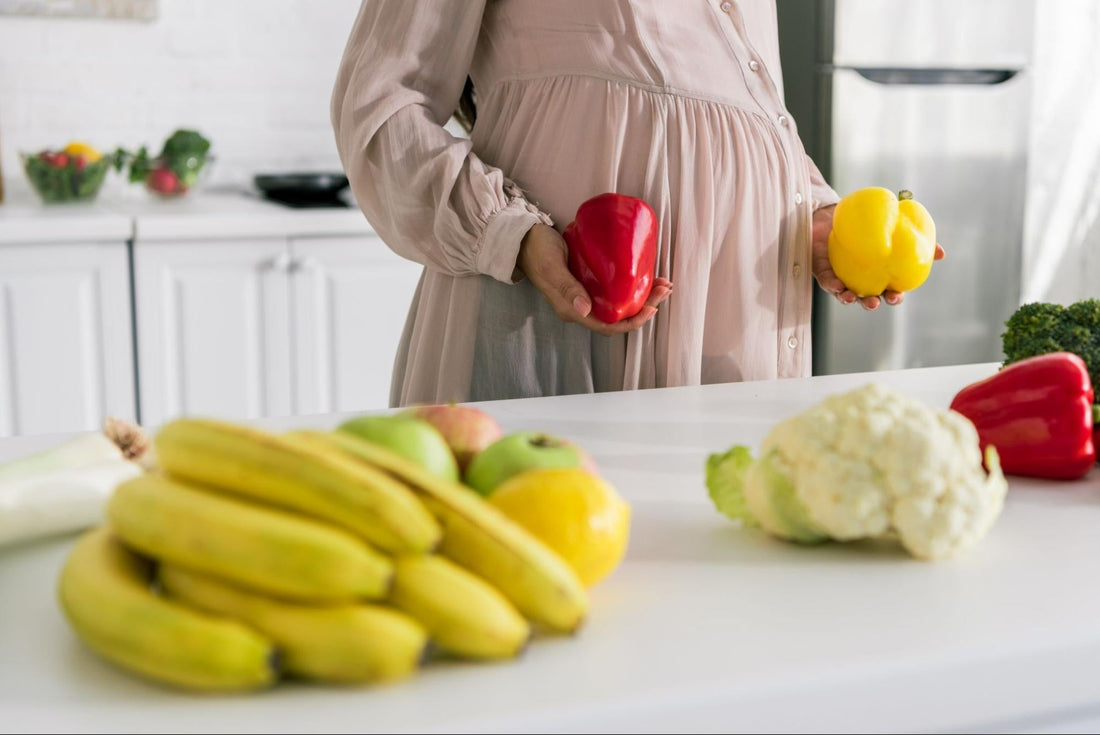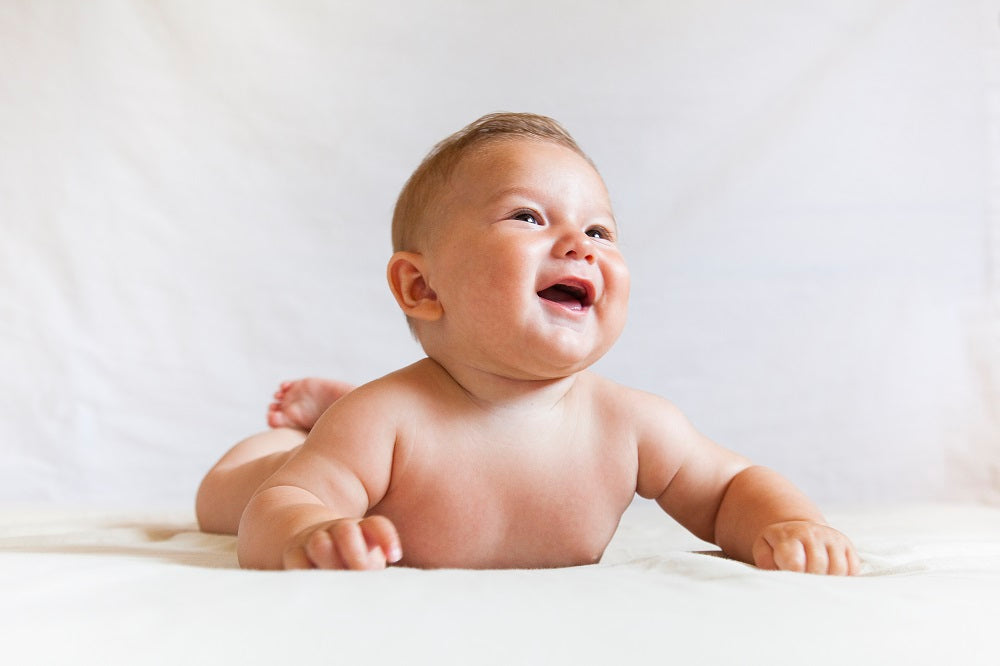As allergy rates in Australian children continue to climb, understanding the key triggers could help protect your little one. Here’s what the latest research reveals – and exactly what you can do about it.

🔍 The 5 Biggest Allergy Triggers for Aussie Babies
1. Family History (It’s Not Just Genetics!)
If either parent has allergies, your baby’s risk jumps 50-80%.
New cord blood tests (FAS & UC-IgE) can now predict allergy risk with 80% accuracy.
Pro Tip: Ask your GP about early prevention strategies if allergies run in your family.
2. The Gut-Health Connection
Babies’ immature gut lining lets allergens slip into the bloodstream.
Breastmilk strengthens the gut barrier – but what if you can’t breastfeed?
Shocking Fact: C-section babies have 3x higher allergy risk due to missing mum’s birth canal bacteria.
3. Hidden Home Hazards
Top Culprits in Aussie Homes:
- ✔ Dust mites in plush toys & bedding
- ✔ Pet dander (even if you don’t own a pet!)
- ✔ Mould in poorly ventilated rooms
Simple Fix: Wash bedding weekly in hot 60°C+ water to kill mites.
4. The Feeding Dilemma
🚨 Common Allergy-Causing Foods:
- • Cow’s milk protein (the #1 trigger)
- • Eggs
- • Peanuts (but early introduction may help – more below)
Life-Saver: Hypoallergenic formulas like Novalac Allergy can be game-changers.
5. Modern Life’s Unexpected Impact
Overuse of antibiotics disrupts baby’s microbiome.
The Hygiene Hypothesis: Some dirt exposure actually helps!
Aussie-Specific: Bushfire smoke may worsen respiratory allergies.
🛡️ 5 Evidence-Based Prevention Strategies
The 4-Month Window: New guidelines suggest introducing peanuts & eggs early (with paediatric guidance).
Probiotic Power: Certain strains like L. rhamnosus may reduce eczema risk by 50%.
Vaginal Seeding: For C-section babies (controversial but promising).

Allergy-Proof Your Home:
- Use allergen-proof mattress covers.
- Keep pets out of the baby’s sleeping area.
Know the Signs:
- Recurrent rashes
- Excessive fussiness after feeds
- Chronic nasal congestion





